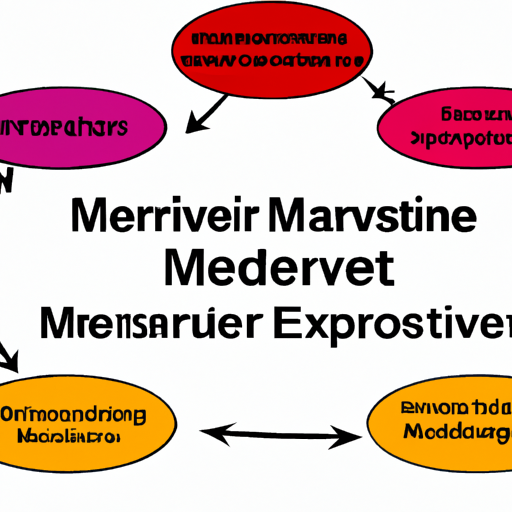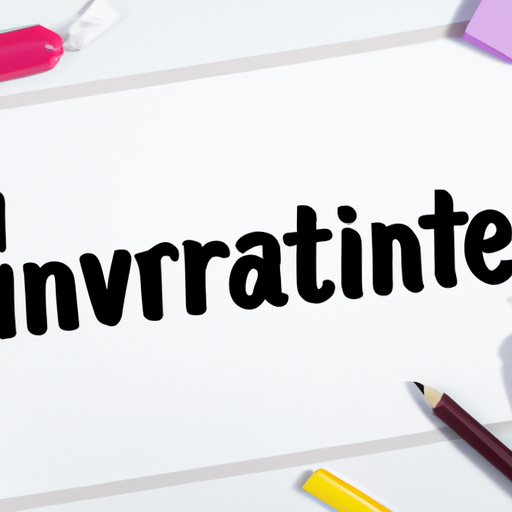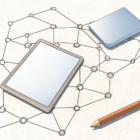The Metaverse, a term derived from science fiction, is evolving from a mere concept to a fully-fledged digital reality that intertwines the physical and virtual worlds. As industries recognize the potential of immersive environments, Metaverse Development is gaining unprecedented momentum.
What is Metaverse Development?
Metaverse Development refers to the process of creating virtual environments where users can interact, socialize, and conduct various activities in real-time. This innovative field combines Virtual Reality (VR), Augmented Reality (AR), and blockchain technologies to build cohesive digital ecosystems.
The Driving Forces Behind Metaverse Development
- Enhanced User Engagement: Immersive experiences are transforming how users interact with brands, leading to increased engagement and loyalty.
- Blockchain Integration: The use of blockchain ensures secure transactions, enabling users to trade virtual assets and NFTs seamlessly.
- Gaming Revolution: The gaming industry is at the forefront of Metaverse Development, continuously pushing the boundaries of what’s possible with interactive environments.
Key Technologies in Metaverse Development
As Metaverse Development progresses, several key technologies are becoming essential:
- Virtual Reality (VR): Provides immersive experiences through VR headsets, transporting users into digital worlds.
- Augmented Reality (AR): Enhances the real world with digital overlays, creating interactive experiences via smartphones and AR glasses.
- Blockchain: Ensures transparency and security, enabling the ownership and trading of virtual assets and NFTs.
Applications of Metaverse Development
The applications of Metaverse Development extend across various sectors:
- Entertainment: Virtual concerts, gaming events, and immersive storytelling.
- Education: Interactive learning experiences through virtual classrooms and simulations.
- Business: Virtual offices and meetings that enhance collaboration across teams worldwide.
The Future of Metaverse Development
As we continue moving towards a more digital-centric society, the future of Metaverse Development looks promising. Businesses and developers are beginning to invest heavily in creating scalable and engaging digital environments. This will not only redefine the user experience but also enhance connectivity and collaboration across the globe.
Conclusion
Metaverse Development represents an innovative frontier with the potential to reshape our interactions. As the technology matures, it opens up a world of possibilities for businesses and individuals alike. Embracing this change will set the stage for a new era of digital engagement.
Are you ready to dive into the Metaverse?







